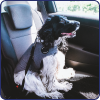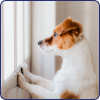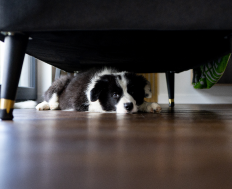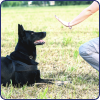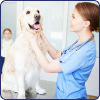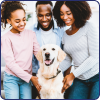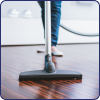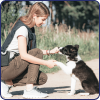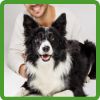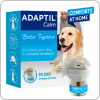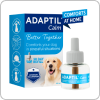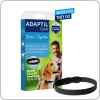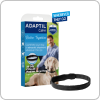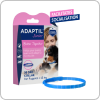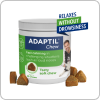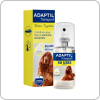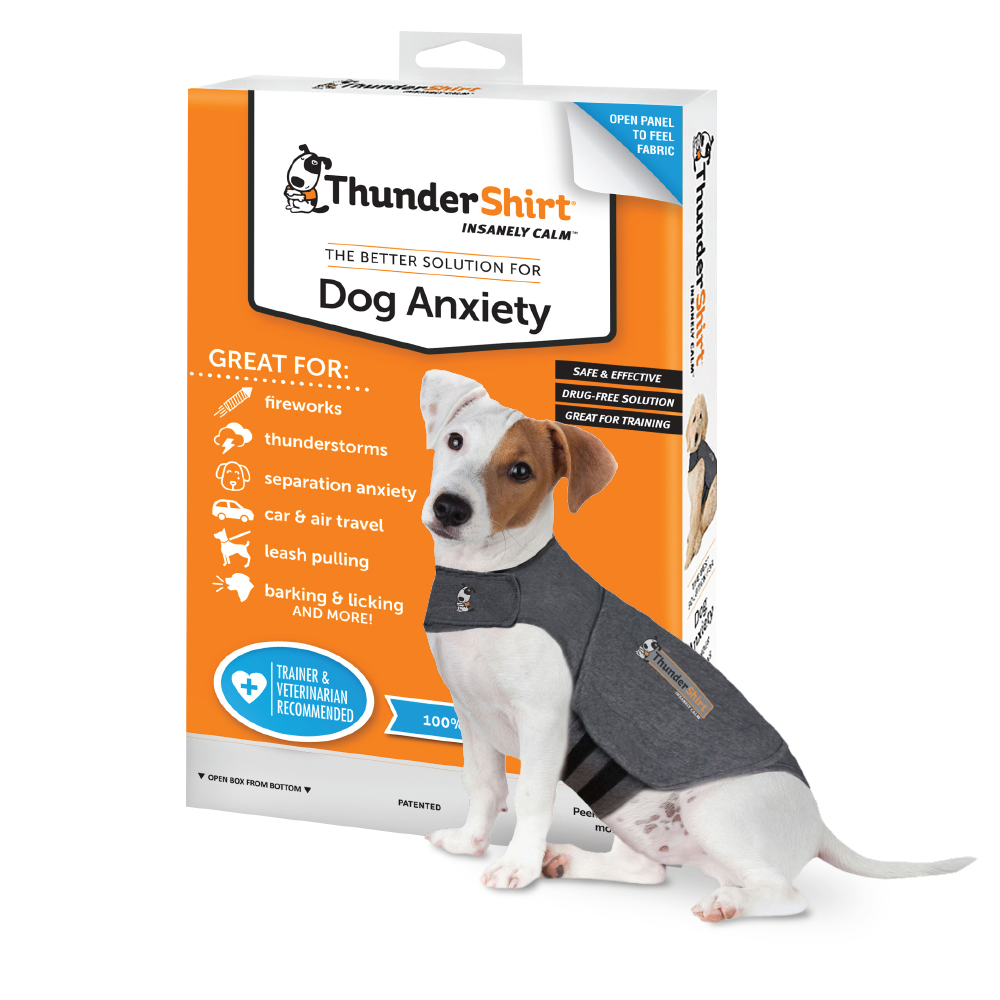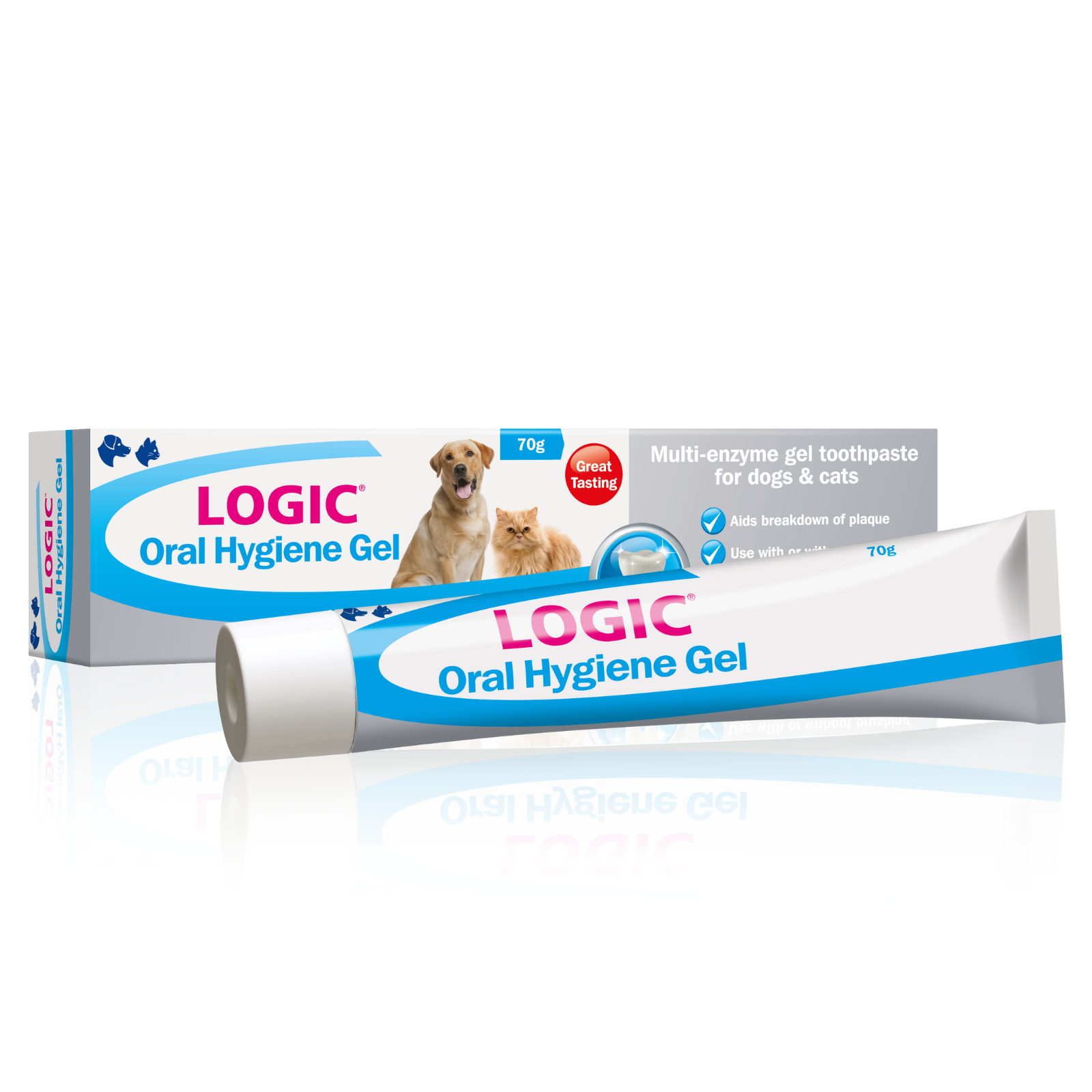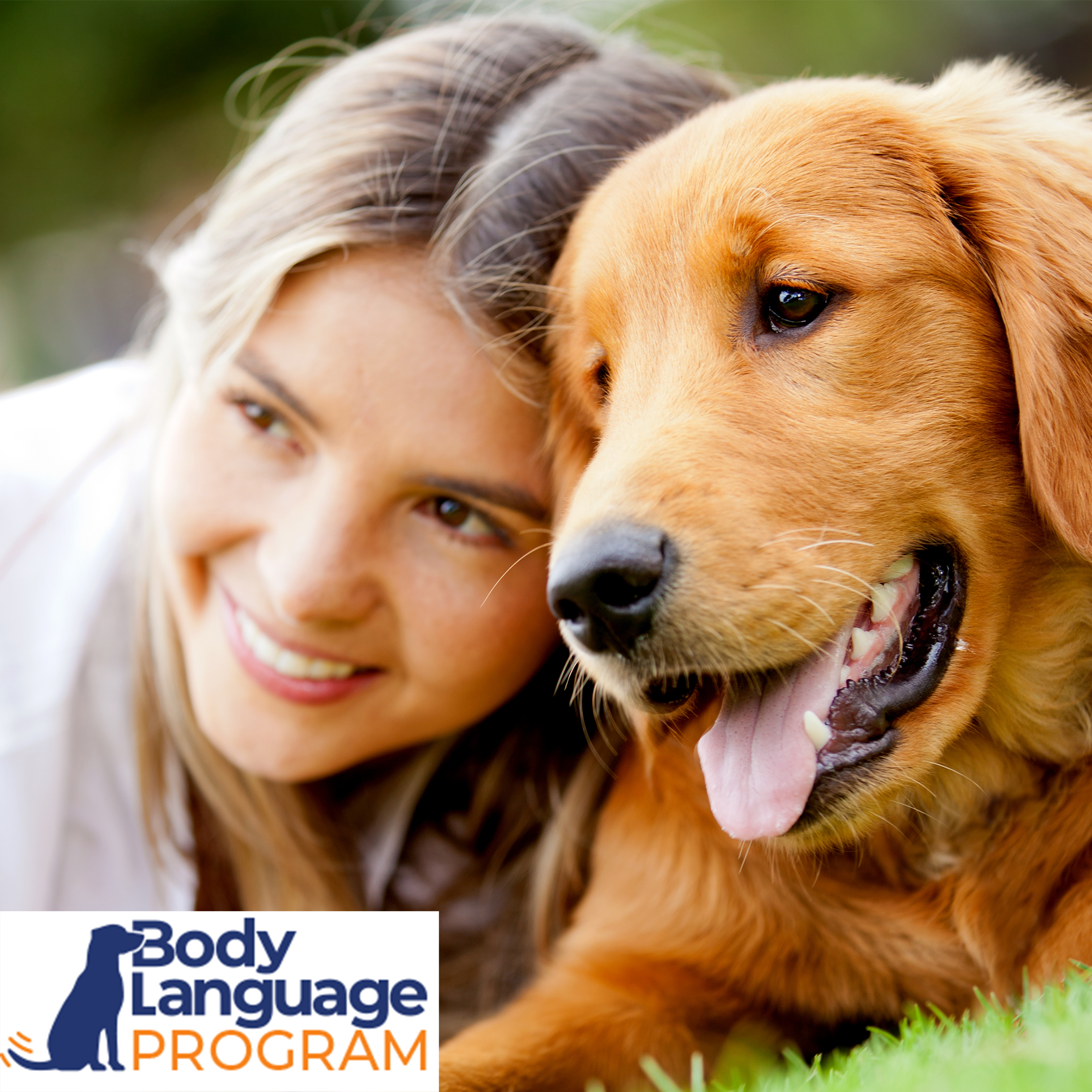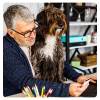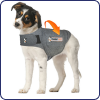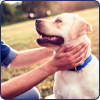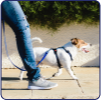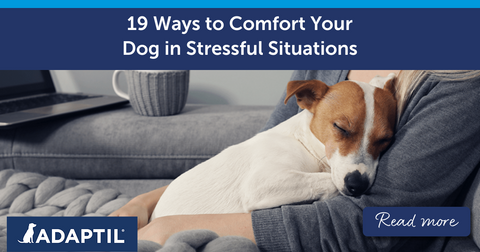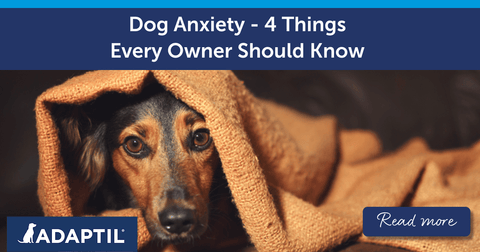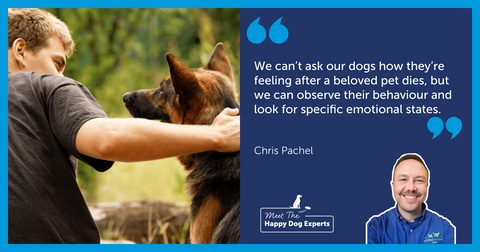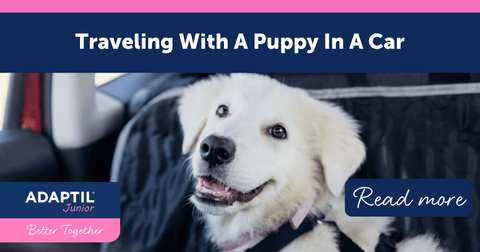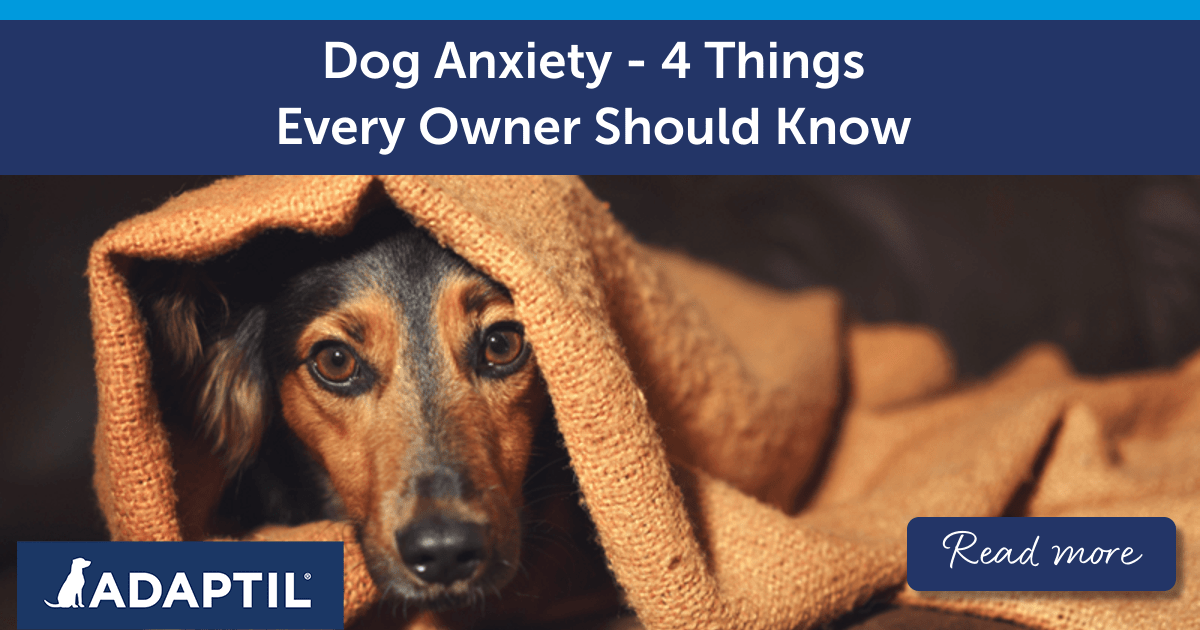
Dog Anxiety – 4 Things Every Owner Should Know
Fear and anxiousness are normal emotions we all experience one way or another. But for dogs with anxiety, problems can arise when they become fearful of everyday situations and objects. Especially as they face these regularly.
These fears can progress over time to become phobias that impact the quality of their day to day life. And that’s the last thing we want for our canine friends! Whether you’re the new pet parent of a nervous puppy or you’ve noticed your dog is anxious, here are 4 things that you should know.
Defining the lines between each meaning
Fear - For both us and animals, fear is what helps keep us away from danger or things that could be of threat. This is the underlying emotion when we are scared or afraid in a situation.
Anxiety – The main difference between fear and anxiety is that anxiety is the anticipation of danger or something that could result in a bad outcome.
Nervousness – Nervousness in dogs is linked to a dog’s genetic makeup and early experiences.
Phobia – Phobias are a more extreme response to a specific trigger, such as loud noises. Dogs with a phobia will show extreme responses which are not proportionate to the level of risk against themselves from the trigger.
4 Key things all dog owners should know
1. Understanding
Understanding the cause is the key for helping ease your dog’s anxiety or nervousness. Take the time to assess what the cause of their fear could be. If your dog seems nervous or you spot other warning signs, stop and try to reduce the intensity of the stimulus that is upsetting them. For example, if someone is too close to your dog, move away and give them the breathing room to calm down. Then, reward your dog when they relax.
Let’s try another example. You’ve just started taking your new pup on walks and noticed that the noise of traffic seems to overwhelm them. Try changing your routine to take them out on walks when there is less traffic or in areas that are quieter. You can also slowly adapt your nervous puppy to the environment so that they can get accustomed over time.
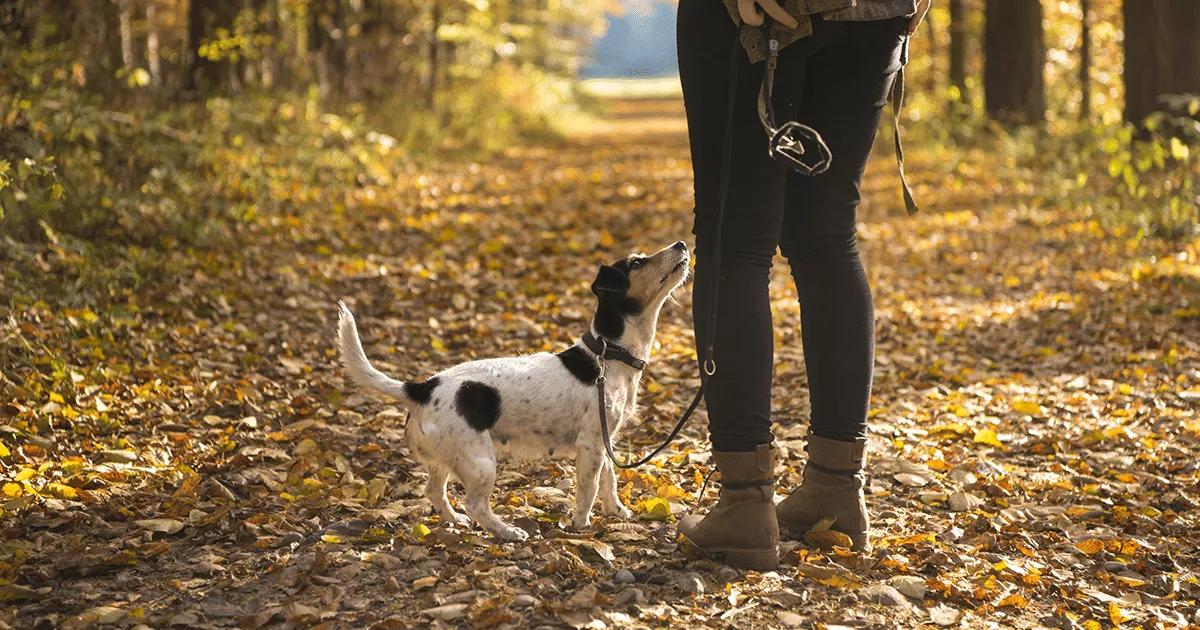
2. Reassurance
As with any situation, you should never tell off your dog for anxious behaviour. This often does more harm than good. Not to mention, it can become quite confusing for a dog that is anxious. Always look for opportunities to reward rather than punish using positive reinforcement. By doing this each time your dog makes good choices or shows calm behaviour, you’ll help to build their confidence.
If you haven’t already, create a safe zone and quiet place within your home. This will allow them to retreat if they are scared or worried. Be sure to let friends and family know to leave your dog to their own devices when they are in this space. This is particularly important if your dog is nervous of visitors.
Another way you can comfort a dog that seems nervous is to remain calm yourself. Speak with a soft voice and be the point of reassurance they need if they seek you out. Remember though, every dog is different, so whilst some may seek out their guardians, others may look to hide away.
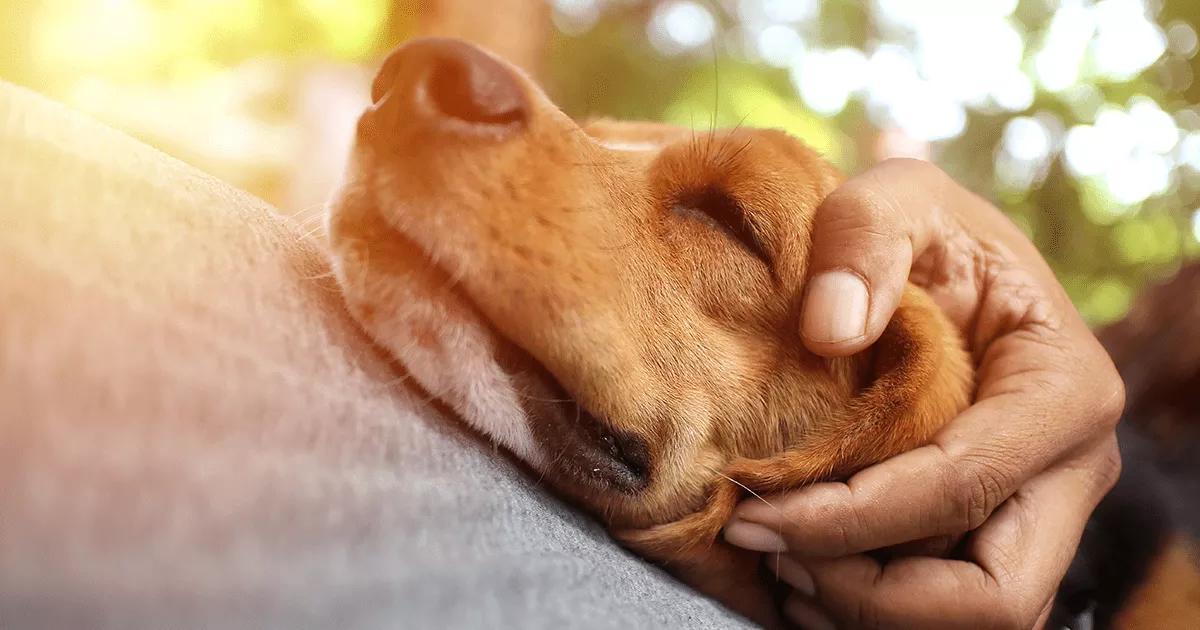
3. Prevention
Prevention is one of the most important aspects for properly mitigating dog anxiety. Why? Because good socialisation from an early age can help them understand what is normal and not a threat to them. Just because you have a nervous puppy, doesn’t mean they have to stay this way forever. If anything, it’s always better to catch their fear in its tracks to avoid it developing into something more as they grow older.
Make new experiences as positive as possible! This helps them to view the world as not so scary after all, meaning they’ll have a more optimistic outlook on new encounters and cope much better in these situations. Happier experiences = happier dog.
Introduce new things slowly to help prevent overwhelming your puppy and consider all their senses.
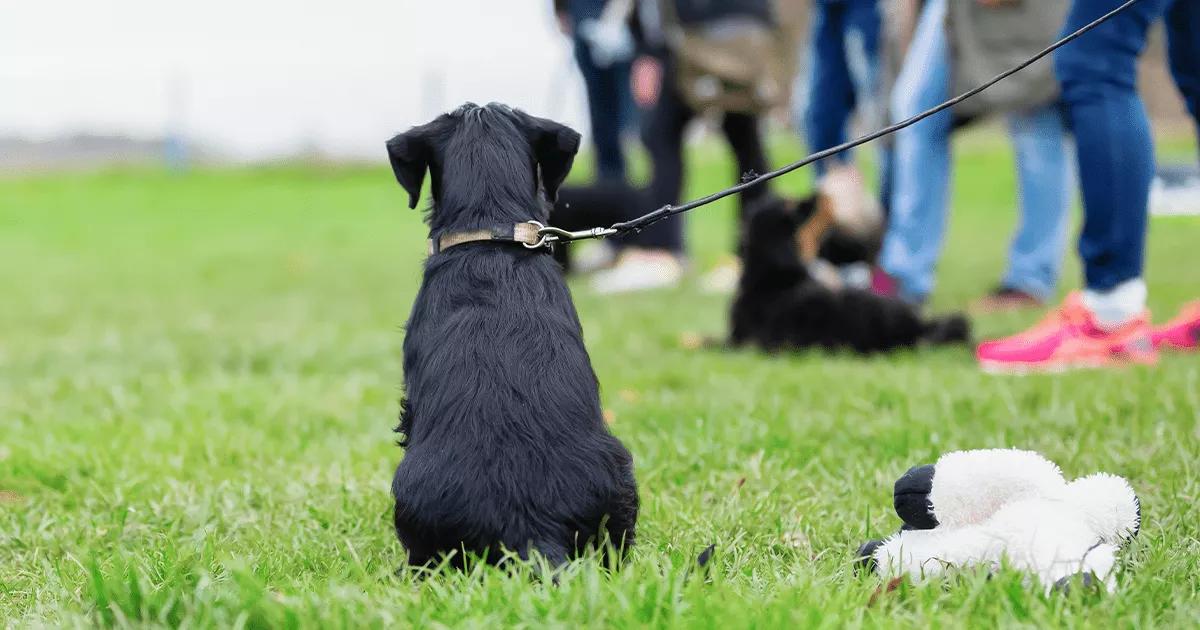
4. Ongoing Support
Nervousness in dogs is a common occurrence. So, if your dog is anxious, the best thing you can do as an owner is support them. You can do this either through training, seeking professional advice from an accredited dog trainer/animal behaviourist or trying other natural solutions. We would also recommend a vet check to see if there are any underlying medical issues which could be contributing to your dog’s behaviour.
Support your dog during training or when you expect they will face the situation again.
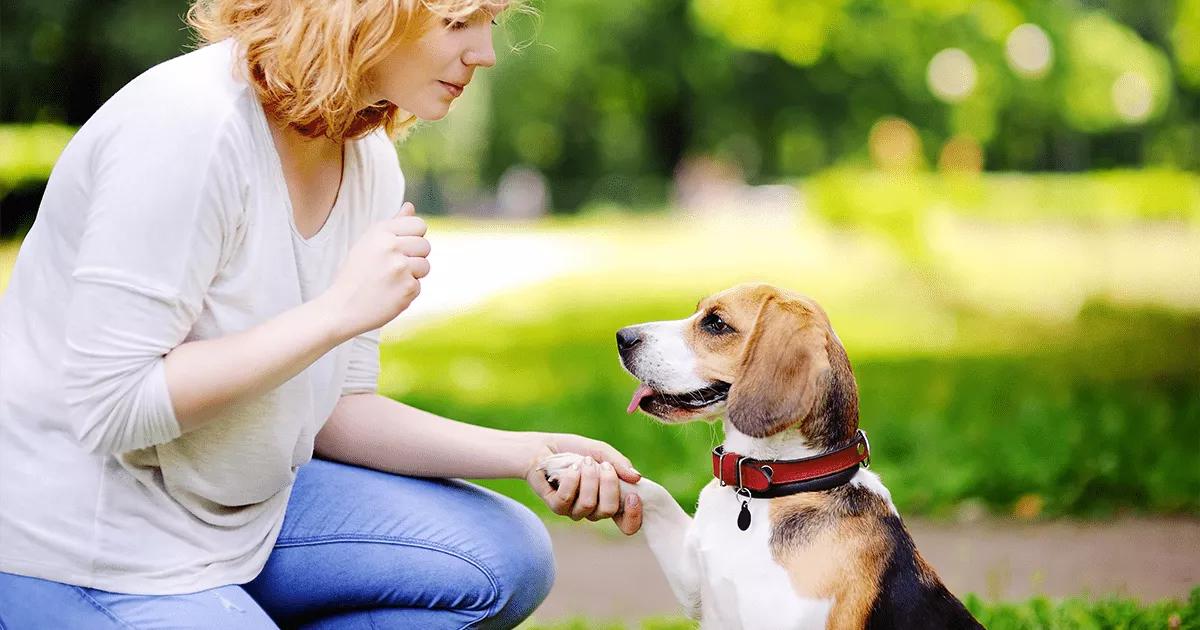
Remember, different situations will often require different solutions. Natural methods of support for particular situations can include:
-
ADAPTIL Calm Collar for dogs – for when you are out walking and there are noises your dog may not be comfortable with.
-
ADAPTIL Calm Home Diffuser for supporting your dog when home alone.
-
ThunderShirt dog anxiety vests – for situations such as thunderstorms or fireworks season.
-
ADAPTIL Chew – for quick and calming support when going to the vets or groomers.
- ADAPTIL Transport – for calming a nervous dog that is anxious in car journeys and travelling.
Keep the 4 things above in mind and you’ll be providing your dog with the best level of care! Dog anxiety is something you can help them overcome with proper training and support. Stay patient and persist with the solutions you try.
Do you need more advice to support your anxious dog? Don’t hesitate to get in touch! Stay informed with our latest tips, guides, and product information by signing up to our newsletter.
